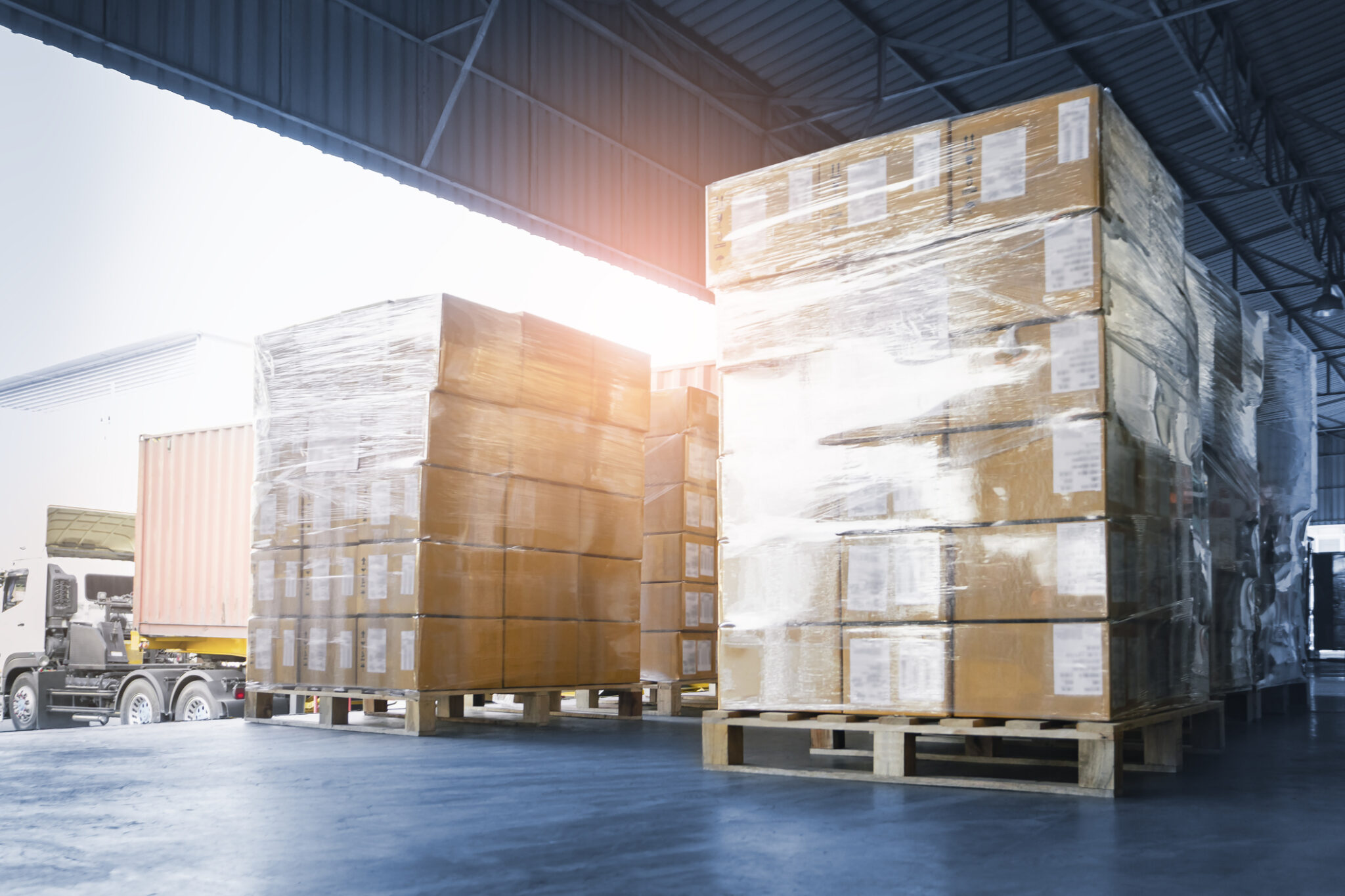
One of the most important aspects of shipping goods internationally is ensuring that your cargo is packaged securely. No one wants their cargo arriving damaged or with items missing and by properly packaging your freight, you can minimise the risk of this occurring.
There are general guidelines that apply to all freight services however depending on your method of freight transportation, the guidelines and recommendations on how to package your goods can slightly differ. We’ve put together this handy guide to cover everything you need to know regarding securely packaging your goods for sea freight, air freight and general best practices.
First things first, you need to consider which packaging material is going to be right for your goods. Whether you choose to use boxes, crates or pallets for your shipment, you should ensure that all of these are of high quality and will protect your goods. Boxes should be used when shipping lighter goods and heavier items should be fully enclosed in crates. For bulk shipments, items should be packaged in heavy duty boxes and securely loaded onto pallets.
If you’re shipping fragile items you’ll also need to consider using extra packaging that’s cushioning, like bubble wrap or packing peanuts to prevent any breakages during transit. Items with liquid contents should be put into leak-proof containers, as well as double-walled boxes or plastic bags to ensure safe transport. Once your goods are comfortable and secure in their packaging, the next step is to securely seal your packages using high quality tape or shrink wrap. By doing so, this will make theft of the items inside more difficult.
Finally, if you have multiple goods that you’re loading into a shipping container or onto a pallet, ensure that you distribute the weight evenly to maintain balance and prevent the cargo from tipping over.
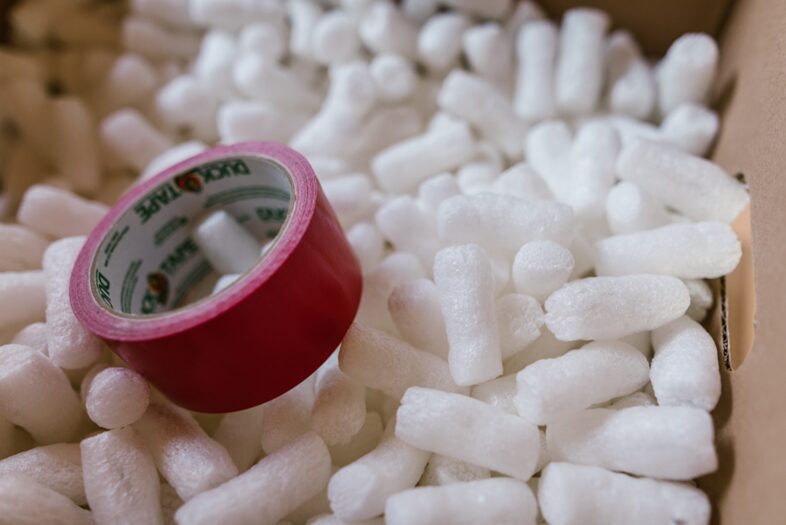
Airports and airlines have very specific rules and regulations in place for shipping goods internationally and depending on what destination you’re delivering too, the packaging requirements could change. You should always check with your courier or freight forwarder ahead of time.
General rule of thumb however is that when shipping by air, you should use double-walled boxes as the layers of corrugated cardboard are more durable and are thicker than an ordinary box. The temperature of the aircraft also needs to be taken into account and how this can affect your cargo. Temperatures in the hold can vary between airlines but it typically seems to be kept between 0ºC-25ºC or 36ºF-77ºF. It’s therefore recommended to use packaging that is well insulated to avoid damage from fluctuating temperatures or moisture.
All cargo items travelling by air are frequently inspected and therefore must be secure. Secure freight means that goods are sealed with tamper-proof sealing which is a mandatory requirement for air freight. This means that it shouldn’t be possible to retrieve items from the package without opening it and there should be no openings, holes or cuts in the packaging. If a package isn’t sealed properly then an airline will most likely reject it as it could have been tampered with and foreign objects put inside.
If shipping dangerous goods or hazardous materials such as explosives, gases, flammable and radioactive materials or corrosives, then the packaging must be fully compliant to the standards set by the IATA. shipments must have the correct packaging and labelling.
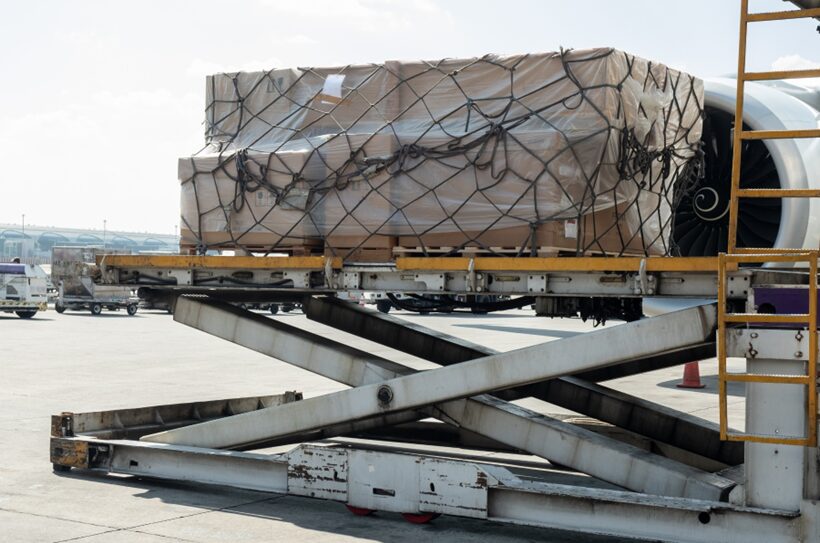
When choosing to ship by sea, you may consider Less Than Container Load (LCL). This means that containers are loaded with freight from other parties as well as your own if the goods being transported aren’t large enough to fill a container on their own. LCL shipments can mean that not only do you have to be aware of your own goods, but ensure that they don’t damage or get damaged by other parties’ cargo.
If you’re loading your goods onto a pallet, then you need to ensure that you’re stacking boxes correctly on top of each other for safe and secure transport. This can be achieved by using either the interlocking/t-stack method or the column stack method.
If the goods inside your boxes are rigid then the interlocking stack method causes increased pallet stability. Boxes should be stacked corner to corner and edge to edge for a better stacking strength. The column stack method however is best to maintain strength of boxes no matter their contents and protects goods against compressions. For this method, boxes should be stacked in columns, corner to corner and edge to edge.
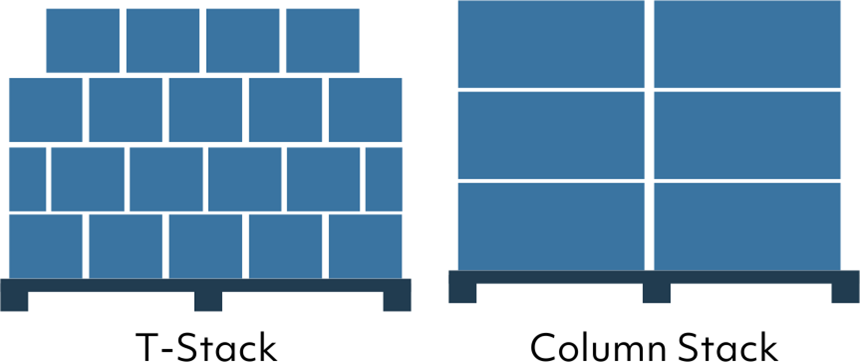
Whether you’re shipping a package nationally or internationally, securely packaging your cargo is crucial for protecting your items. We’ve summarised all of the key considerations you need to make when packaging goods for freight shipping into a handy checklist:
Navigating these guidelines can be tricky and sometimes confusing, especially when regulations vary across transportation methods and couriers. But don’t worry, you don’t have to navigate through this alone. Here at Jenkar shipping, we are dedicated to helping you understand and meet all shipping requirements and guidelines.
Our team of friendly freight experts are here to help every step of the way and offer you the support and guidance you need to ensure your cargo is secure and arrives at its destination safely. Get in touch with the team today to start your journey with Jenkar.
Stay up to date with the latest trends, news and updates in the freight forwarding industry to ensure that your logistics operations are always optimised for efficiency.
 The Most Important International Shipping Laws and Regulations You Need To Be Aware Of
The Most Important International Shipping Laws and Regulations You Need To Be Aware Of
International shipping laws and regulations are important for the facilitation of global trade and without them, the movement of goods across borders would be inefficient and quite frankly, chaotic. With these laws in place however, the transportation of goods, documentation requirements and safety regulations are standardised to ensure security at borders and efficient international trade. […]
Read More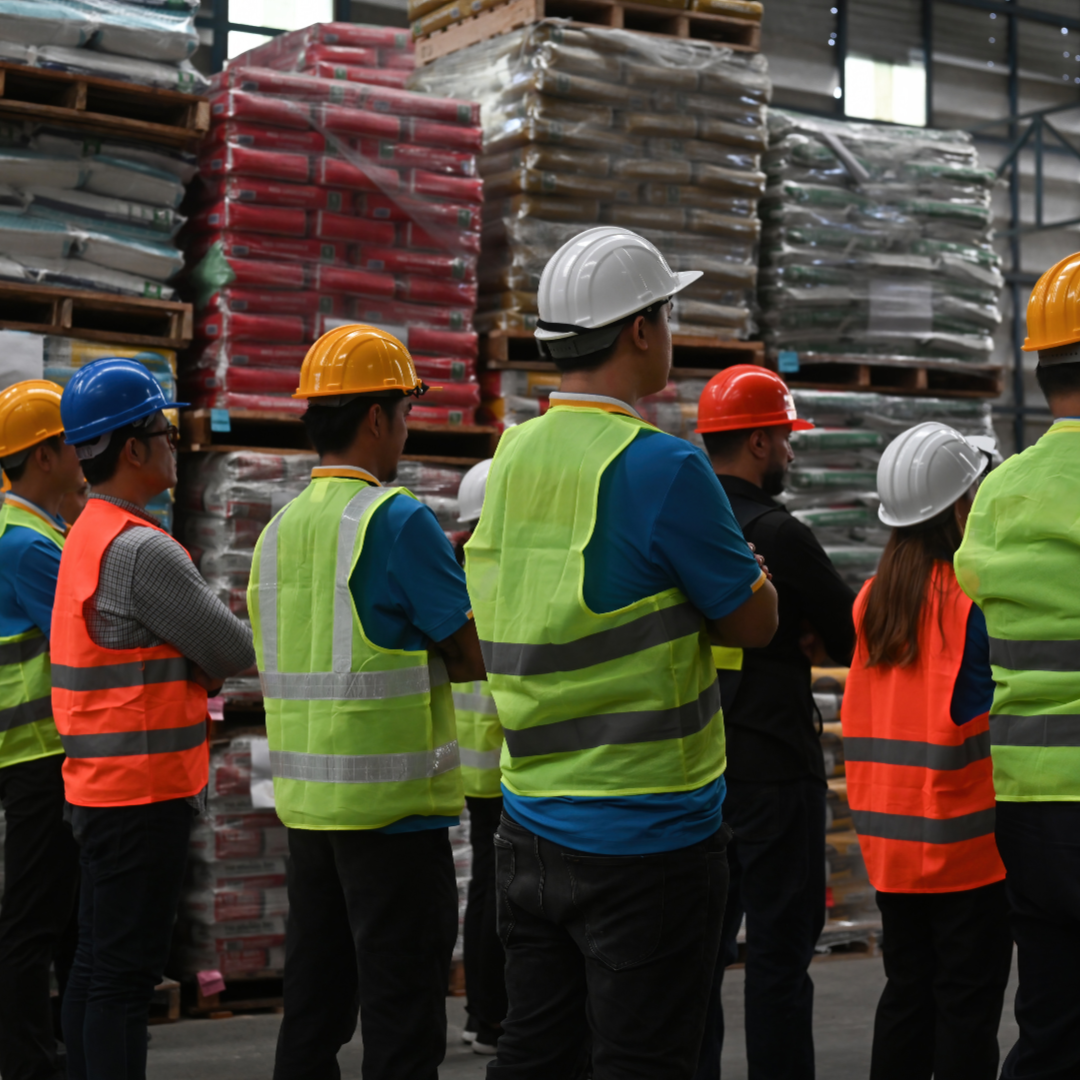 U.S. Dock Workers Commence Strike Across Ports on East and Gulf Coast
U.S. Dock Workers Commence Strike Across Ports on East and Gulf Coast
As of Tuesday 1st October, dock workers at ports across the U.S. East and Gulf Coasts are onstrike against their employers. The strikes come as a result of negotiations between TheInternational Longshoremen’s Association (ILA) and U.S. Maritime Alliance (USMX), where both organisations have been trying to settle on a new master contract. The ILA have […]
Read More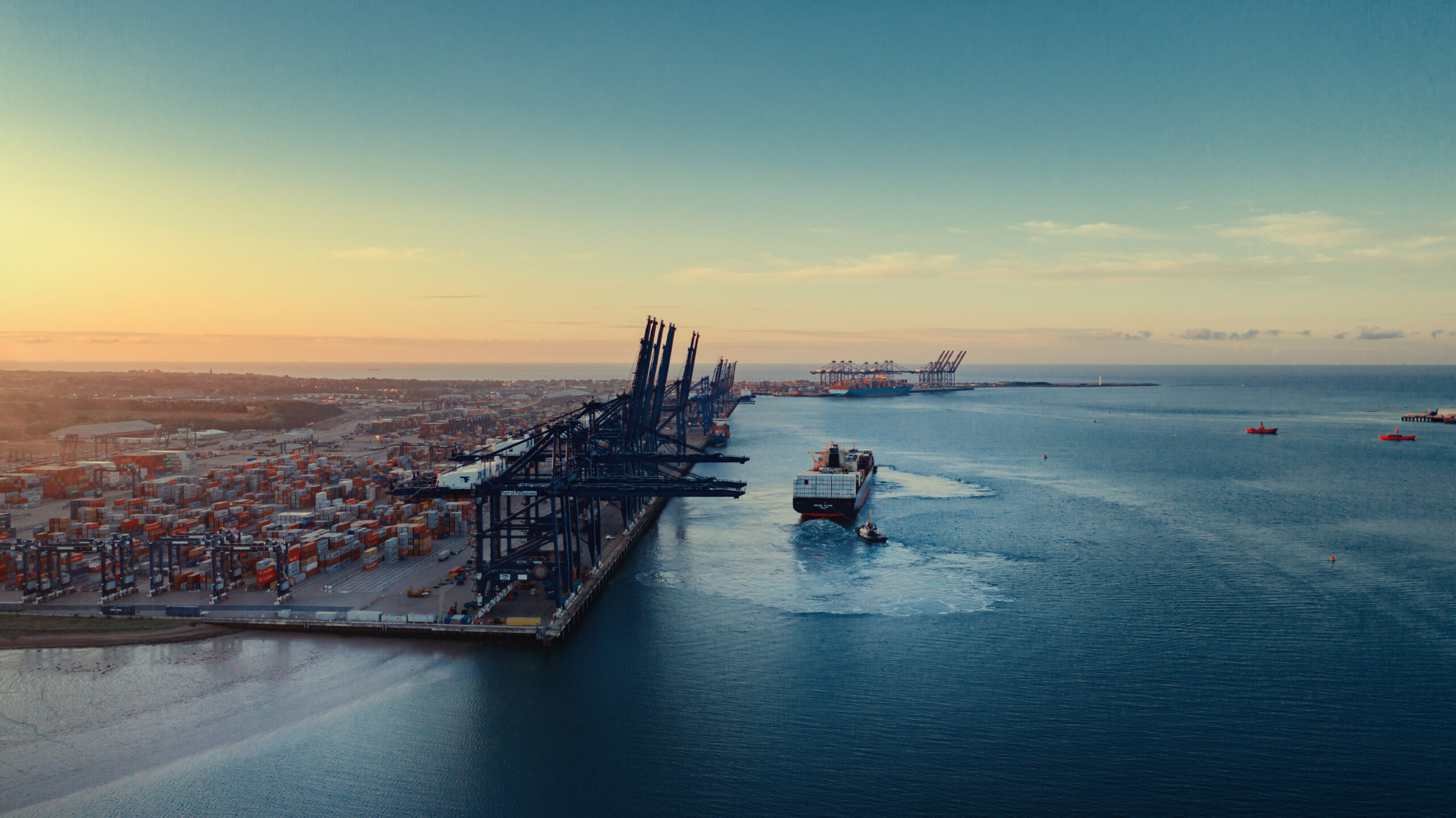 Changes To GB Safety and Security Import Controls Suppliers Need To Be Aware Of
Changes To GB Safety and Security Import Controls Suppliers Need To Be Aware Of
The Changes From 31st October 2024, Safety and Security (S&S) declarations will now be required for all goods being imported from the EU, not just animal, plant or plant-based products. This means that imports from the EU will now be subject to the same control measures as imports from the rest of the world. These […]
Read More